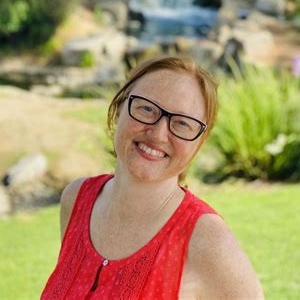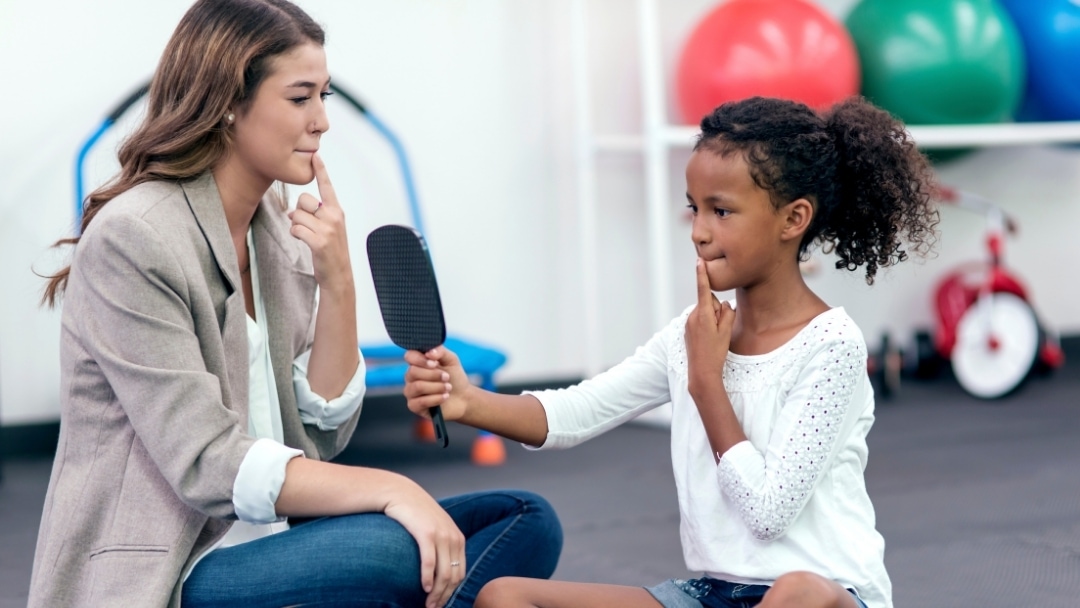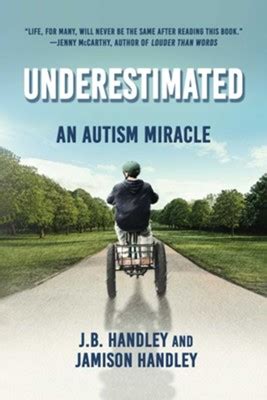We interviewed Julie Sando, a teacher of online communication-based courses for children with autism, about alternative forms of communication, including her experience with S2C, RPM and other assistive technologies for non-speakers and low-verbal children. You can watch the replay below:
In this webinar, Julie helped us to understand:
- Why should we presume competence in non-speakers?
- What is the brain-body disconnect in non-speakers?
- What is the difference between receptive and expressive language?
- What are assistive technologies and how can they help with expressive language?
- What are the differences between S2C (Spelling to Communicate), RPM (Rapid Prompt Method) and other assistive technologies?
- How every person is different and progresses at a different rate.
- Why may schools and therapists be resistant to these technologies?
Julie gave an example of the brain-body disconnect of a child with autism: The child had breakdowns and would verbally say “I want to go home” but would use the letterboard to say “I want to stay” because the child’s mind was trapped in a body that was stuck in a neural pathway. The mind wanted to stay, but the body would want to go and didn’t know how to physically, verbally say “I want to stay”.
These children are trapped in bodies that don’t let them communicate, similar to an adult that has had a stroke (which may be why HBOT is so helpful for both). Many of the children who learn to use assistive technologies like S2C and RPM to communicate have said that having apraxia of speech is like being in solitary confinement for years. Both non-speaking and low-verbal children and adults can learn to use assistive technologies successfully.
Please note that you will be asked to enter your email address after 30 minutes to continue viewing the replay.
About Julie Sando
Julie Sando is a former Applied Behavioral Analysis (ABA) aid whose ideas of what autism is changed from it being a behavioral disorder to a social disorder to a sensory-motor disorder.
After training in The Son-Rise Program at the Autism Treatment Center of America, she founded her company Autistically Inclined, which focuses on Natural Play Therapy for children with autism. In 2015, she had her first meaningful conversation with a person with autism using a letterboard, and she then realized that autism is more of a sensory-motor disorder.

Inspired by her new understanding, she voraciously learned various forms of alternative communication for children with autism and received her certificate in Assistive Technology from CSUN in 2018. Julie now teaches online connect and communicate online training programs that presume competence in the child with autism and that offer new ways for these children to communicate what’s inside their incredible minds.
Today, Julie uses her extensive training in relationships and communication, paired with her training from the best experts in the world (thank you autistic people), to help parents and professionals find their true voices, so they can best help their kids (and adults) find their true voice. Her purpose is to remind people how to be human in their interactions with people on the spectrum or with any disability. And to make sure everyone is heard, valued, respected, and living their best reimagined lives.
You can find out more about Julie and her work at her website https://www.autisticallyinclined.com/
Disclaimer
This webinar is not a substitute for medical advice, treatment, diagnosis, or consultation with a medical professional. It is intended for general informational purposes only and should not be relied on to make determinations related to treatment of a medical condition. Epidemic Answers has not verified and does not guaranty the accuracy of the information provided in this webinar.
Still Looking for Answers?
Visit the Epidemic Answers Practitioner Directory to find a practitioner near you.
Join us inside our online membership community for parents, Healing Together, where you’ll find even more healing resources, expert guidance, and a community to support you every step of your child’s healing journey.
Sources & References
Cardinal, D.N., et al. The Maturing of Facilitated Communication: A Means Toward Independent Communication. Res. Pract. Persons Severe Disabil. 2014; (39)189–194.
Courchesne, V., et al. Autistic children at risk of being underestimated: school-based pilot study of a strength-informed assessment. Molecular Autism. 2015 Mar 6;6:12.
Jaswal, V.K., et al. Eye-tracking reveals agency in assisted autistic communication. Scientific Reports. 2020 May 12;10(1):7882.
Resources
Apps
Articles
Bronston, Berri. Devoted dad is partner in autistic graduate’s success. 22 May 2018, Tulane News.
Kedar, Ido. I Was Born Unable to Speak, and a Disputed Treatment Saved Me. 23 Sep 2018, Wall Street Journal.
Books
Kedar, Ido. Ido in Autismland: Climbing Out of Autism’s Silent Prison. 2012, Sharon Kedar.
Mukhopadhyay, Soma. Understanding Autism through Rapid Prompting Method. 2008, Outskirts Press.
Peña, Diego. Anatomy of Autism: A Pocket Guide for Educators, Parents, and Students. 2017, CreateSpace Independent Publishing Platform.
Peña, Edlyn Vallejo. Leaders Around Me: Autobiographies of Autistics who Type, Point, and Spell to Communicate. 2019, independently published.
Sando, Julie. Small Steps, Big Impact: A Progress Playbook For Communication Partners. 2020, independently published.
Devices
Logitech Keys-to-Go Portable Wireless Keyboard for Apple
Schools That Use Assistive Technologies
Websites
California Lutheran University Autism and Communication Center
Helping Autism through Learning and Outreach (Soma RPM)



